|
Early Alaska Photography
I passionately collect and research the earliest Alaska
photographers, such as Charles H. Ryder of the Western Union
Telegraph Expedition. Ryder's photographs are small and are
marked, on the back, Chas. H. Ryder, W.U. Telegraph
Company's Photographic Artist, and one of his photos shows a
tiny wood-sided building with a sigh on top that says
Heuston Hastings & Co. I'm also interested in
Eadweard or Edweard Muybridge; Alphonse Pinart; H. H.
McIntyre; George Davison; Stephen Allen Spencer; Alfred Lee
Broadbent (marked "A.L.B."); and other Alaska photographers
of the wet plate era.
Photographers from the 1880's that I collect and research
include Henry Herman Brodeck; W. H. Partridge; E. J.
Partridge; Edward deGroff; Winter & Brown; I. G.
Davidson; Gray & Hereford; Richard Maynard & Hannah
Maynard; Reuben Albertstone; Hartmann & Weinland; M.
Lorenz (aka Mike Lorenz, Michael Lorenz, Moses Lorenz, Moise
Lorenz who married Beulah E. Smith Round Pond Maine);
W.H./ B.C. Towne; George H. Doty; Broadbent (A.L.B); Samuel
J. Call; John Cassion Cantwell (John C. Cantwell); Ed
Chamberlain; Frank Conkling; Charles S. Fairchild; Charles
O. Farciot; Charles A. Homan; Aurel Krause & Arthur
Krause; John McHenry; John Murdoch; Edward W. Nelson; Albert
Parker Niblack; Peterson Brothers; Harold W.Topham; Frank
Wolff; etc.
Photographers from the 1890's that I collect and research
include Alfred Lee Broadbent (A.L.B.); W. H. Case; Case
& Draper; A. C. Pillsbury; Winter & Pond; M. M.
Hazeltine; H. C. Barley; T. W. Ingersoll; Veazie Wilson; F.
Jay Haynes; G. M. Landerkin; Landerkin & Winter; Frank
LaRoche; George H. Knight; Thomas Eaton; Ben Haldane; Henry
Haldane; Dall DeWeese; Edward J. Glave; Harrison Brothers;
Charles Willard Hayes; Mayo & Weed; McAlpin & Lamb;
N. B. Miller; Louis Moosbauer; Seneca Ray Stoddard;
George M. Weister; etc.
Later photographers that I collect and research include
Vincent Soboleff; J. E. Thwaites; J. E. Worden; Albert
Johnson; J. M. Blankenberg; F. W. Carylon; Ed Andrews; E. W.
Merrill; Basil Clemons; etc.
STEREOVIEWS WANTED: Alaska, Yukon, and Klondike:
I can pay the most for these scarcer Alaska stereos by:
Helios
W. H. Case
Ed DeGroff
Ed Andrews
F. Jay Haynes
M. M. Hazeltine
Charles Farciot
George Davison
Winter & Brown
Fred G. L. Hunt
Continent Stereoscopic Co.
Richard or Hannah Maynard
L. T. Sparhawk / H. H. McIntyre
Edweard Muybridge/Helios
Edweard Muybridge/Bradley&Rulofson
H. H. Brodeck - Northwest Trading Co.
T. W. Ingersoll (black & white photos only)
(I can't use any of Ingersoll's color stereos, and
can't pay as much for his faded stereos.)
I can pay well for any Alaska, Yukon, or British Columbia
stereos (often improperly called stereopticon or
stereoptican views) dated before 1897.
Also wanted are these Alaska/Yukon/Klondike stereos:
C. H. Graves, Keystone, Kilburn/Davis,
Underwood & Underwood, L. Anger, A. C. Co.,
Griffith & Griffith(no colored), Celery City View
Co., Whiting View Co., Sterro-photo
Co., Universal Art Co., Universal Photo Art Co.,
Universal View Co., G.C. Kelley, Singley,
International Stereograph Co., L. J. Schira,
American Stereoscopic Co., W. H. Rau, etc.
European & American Views, and Standard Series are
usually cheap copies and I usually can't use them.
Most color or black & white lithographed stereos have
practically no value and I can't use them unless you know
that they are rare examples of that format.
WE BUY INTERESTING STEREOS & BOXED SETS <> ANY
SUBJECT/COUNTRY
The best subjects are street scenes, store
exteriors/interiors, events, trains, ships, planes,
expeditions, civil war, early west & surveys, Indians.
Daguerreotype, tintype, glass, tissue stereos, etc. Of
no interest are most scenics (except bird's-eye-views of
towns), comical, children, family situation comedy, pets,
animals, cheap b&w or color lithographed stereos.
Please consider us when you decide to sell your antique
Alaska photographs!
ALASKAN HERITAGE BOOKSHOP P.O.Box 22165 Juneau,
Ak. 99802 ph/fax (907)-789-8450
OLD WOODEN STEREO CAMERAS & VIEWERS WANTED
|

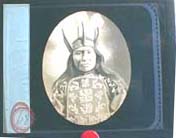
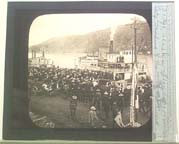
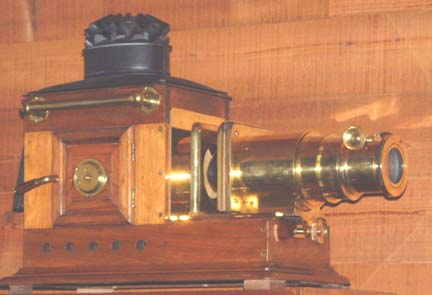
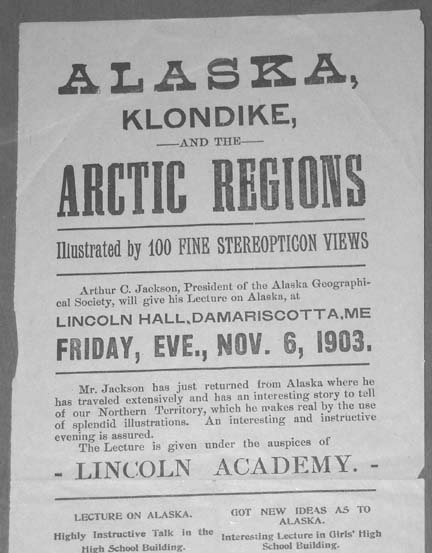


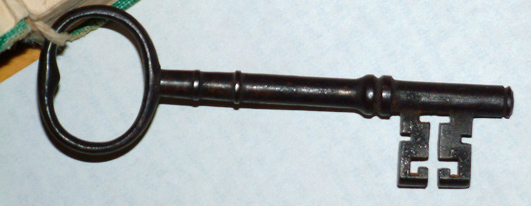


 making it look
like "J. Richardson"), T.J.R., or what looks like a J on top of an R
with the T being part of the R
making it look
like "J. Richardson"), T.J.R., or what looks like a J on top of an R
with the T being part of the R ). Ted
Richardson often painted scenes in Glacier Bay, Alaska; also Henry
Wood Elliot who often painted scenes in the Pribilof Islands,
Alaska; Joseph Kehoe; Cleveland Rockwell; Frederick Whymper; Louis
Choris, and others. Artists who worked in oils: Francis Brooks Davis
(often unsigned, or signed F.C.M.D.); Jules Dahlager (usually signed
Jules in red), and others. Bronzes: Louis McClellan Potter.
). Ted
Richardson often painted scenes in Glacier Bay, Alaska; also Henry
Wood Elliot who often painted scenes in the Pribilof Islands,
Alaska; Joseph Kehoe; Cleveland Rockwell; Frederick Whymper; Louis
Choris, and others. Artists who worked in oils: Francis Brooks Davis
(often unsigned, or signed F.C.M.D.); Jules Dahlager (usually signed
Jules in red), and others. Bronzes: Louis McClellan Potter.